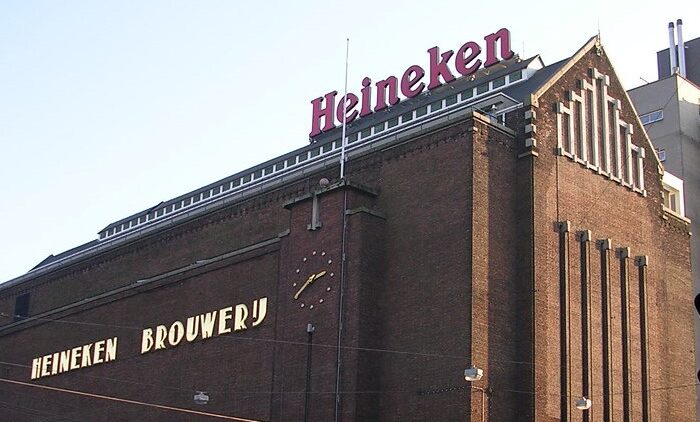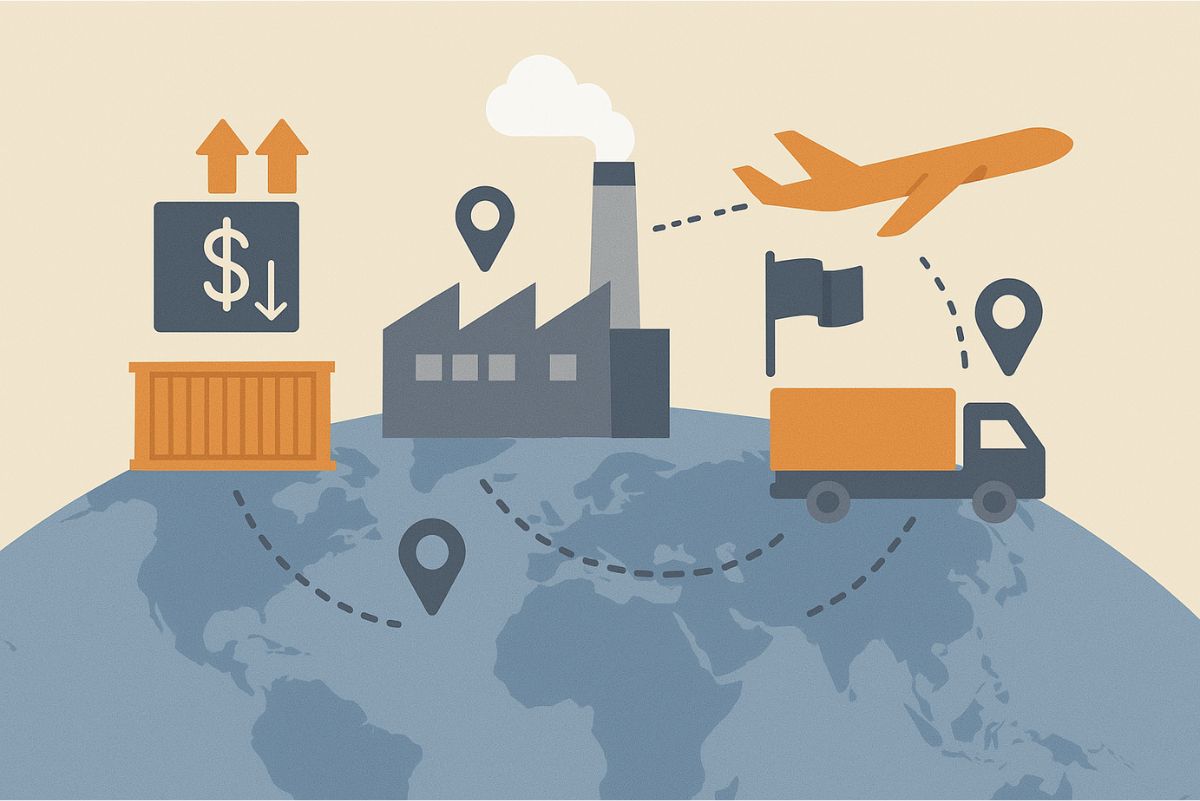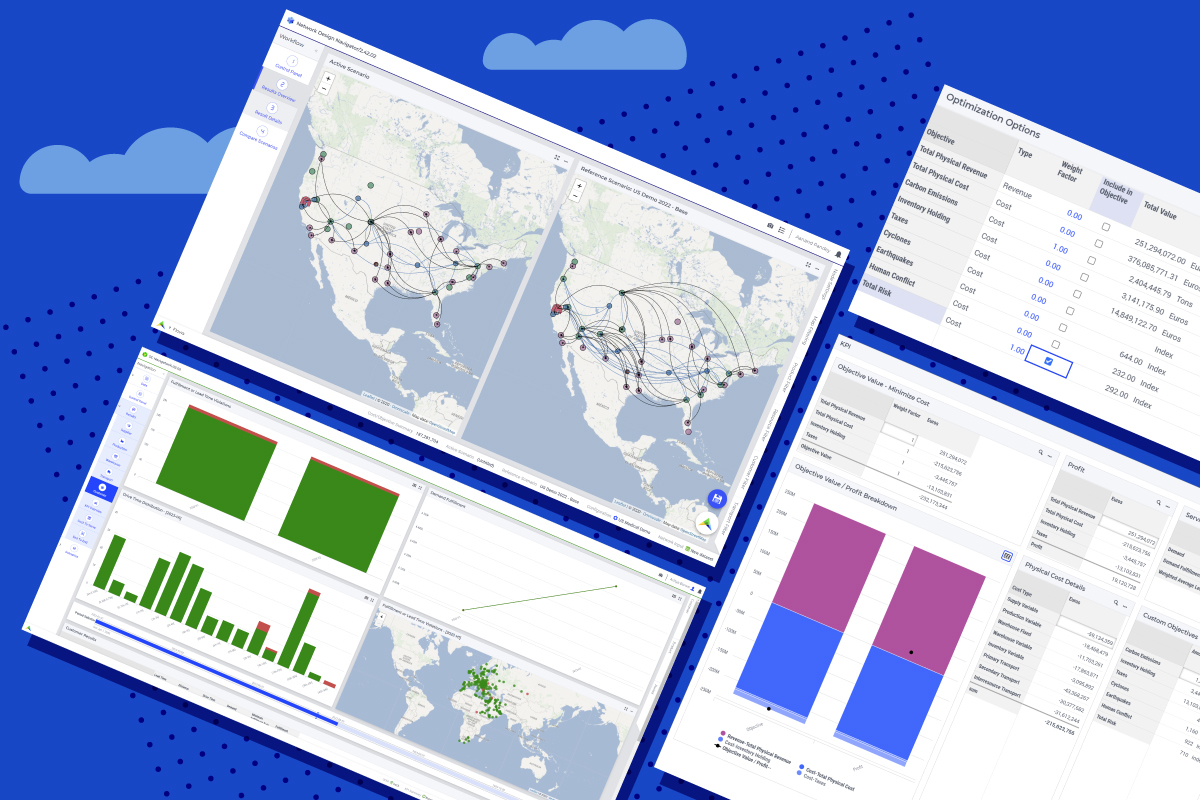Heineken Innovates with Centralized Planning Tools
This post was originally published by Supply Chain Movement, a brand of Supply Chain Media.
Heineken, traditionally decentralized, is increasingly focusing on centralized supply chain planning to leverage its global scale more effectively. The world’s second-largest brewer uses the AIMMS Platform for this purpose.
In a recent webinar hosted by Supply Chain Media, Arjan van Diepen and Jasper Blaas explained how Heineken utilizes AIMMS to develop applications that surpass local planning tools’ capabilities.
Watch our on-demand webinar the HEINEKEN Journey of Supply Chain Design & Optimization, for more insights.
Decentralized Yet Centralized
Heineken operates 160 breweries worldwide, organized into approximately 80 operating companies (OpCos). Historically, each OpCo functioned autonomously, but there is a growing need to optimize scale usage.
“While we are decentralized to stay close to the market and understand consumer needs, we aim to use our global network more efficiently through harmonization, standardization, and sometimes centralization. Particularly in supply chain planning, we see significant benefits in harmonizing and standardizing methods. The technology for this is now available,” stated Arjen van Diepen, Head of Global Strategic Planning at Heineken.
45 ERP Systems & Challenges
Harmonization and standardization are easier said than done. Heineken has 45 different Enterprise Resource Planning (ERP) systems worldwide, all of which must eventually be replaced by SAP.
“We want to keep that ERP system as lean as possible, and it only serves to support supply chain and finance. Around it, we build business platforms: building blocks in which most functional activities occur. We have been doing this for quite some time in the field of supply chain planning. We design standard templates for various planning tools, which we then implement company by company at a local level,” explained Jasper Blaas, Planning Capability Manager at Heineken.
Additionally, there is a growing need for enhanced planning functionality, housed in what Blaas calls digital products. These products facilitate experimentation and innovation, especially in areas where Heineken can differentiate itself from competitors. While centralizing planning processes is challenging due to locally implemented tools, new digital products can bridge this gap, generating additional value currently missed due to disparate tools.
Tactical Material Planning
Many digital products are built on the AIMMS Platform. One example is tactical material planning, which addresses recurring discussions within Heineken about allocating volumes correctly among suppliers and providing accurate forecasts.
“The breakthrough came when a trainee developed a new method for planning packaging materials. Instead of considering the bill of materials as fixed, we use marketing information as input, keeping the bill of materials variable,” Blaas revealed.
This approach allows planners to calculate the best timing for marketing-driven design changes, considering the delivery dates of modified designs, stock levels of existing materials, and suppliers’ production capacity. This method, deployed in several markets over three years ago, has led to the development of an AIMMS-based application now used by ten OpCos, handling 1,500 design changes.
Optimizing Empty Beer Bottles
Heineken uses a similar AIMMS-based solution to optimize the supply of empty beer bottles. The company receives bottles from multiple suppliers, with purchasing departments agreeing on the volumes each supplier will provide. Previously managed via Excel, this new application significantly saves time and centralizes supplier communication through a single planner.
Blaas explained, “An additional advantage is that suppliers no longer have to call ten different planners from ten different OpCos, but have a central planner as their point of contact. He has the overview and knows what each OpCo needs.”
Centralized Planning for Brewery Closures
The closure of several European breweries three years ago heightened the need for centralized planning. The resulting increase in flows and interactions between breweries required a central tool to provide insight into brewery capacities and inter-brewery flows. This centralized approach allows Heineken to use its network more efficiently.
Strategic Planning Issues
Heineken uses the AIMMS Platform not only for tactical but also strategic planning. Based on the platform, the brewer has developed applications to determine optimal brewery locations, configurations, capacities, and capabilities, particularly in growth markets like Mexico. These applications also analyze sensitivity to cost increases or demand drops.
Other applications include supplier and distribution network optimization. Given increasing market volatility, Heineken now evaluates its distribution network quarterly, though not necessarily making changes each quarter. This approach ensures efficient customer supply from the most suitable warehouses.
For a deeper insight into Heineken’s strategic planning, read our interview with Wilko Sierksma, Manager Network Design and Global S&OP at HEINEKEN, on Modeling Brewing Capacity to Drive Cost Savings at HEINEKEN.
Sustainability Goals
Sustainability is a relatively new focus. Heineken aims to be carbon-neutral by 2040, with Scope 1 and Scope 2 emissions reduced to zero by 2030. Identifying future network breweries for CO2 neutrality and assessing water availability’s impact on brewery capacity expansion or shutdowns are critical. The AIMMS Platform helps analyze supply chain impacts and mitigate water shortages.
With AIMMS Platform, Heineken continues to advance its supply chain planning capabilities, achieving greater efficiency, innovation, and sustainability.






I really enjoyed this. Heineken’s approach to centralized planning is impressive, innovative and efficient. Excited to see more industry advancements.
Good to know you found it helpful. You can learn about their centralized planning approach in this webinar – The HEINEKEN Journey of Supply Chain Design & Optimization.